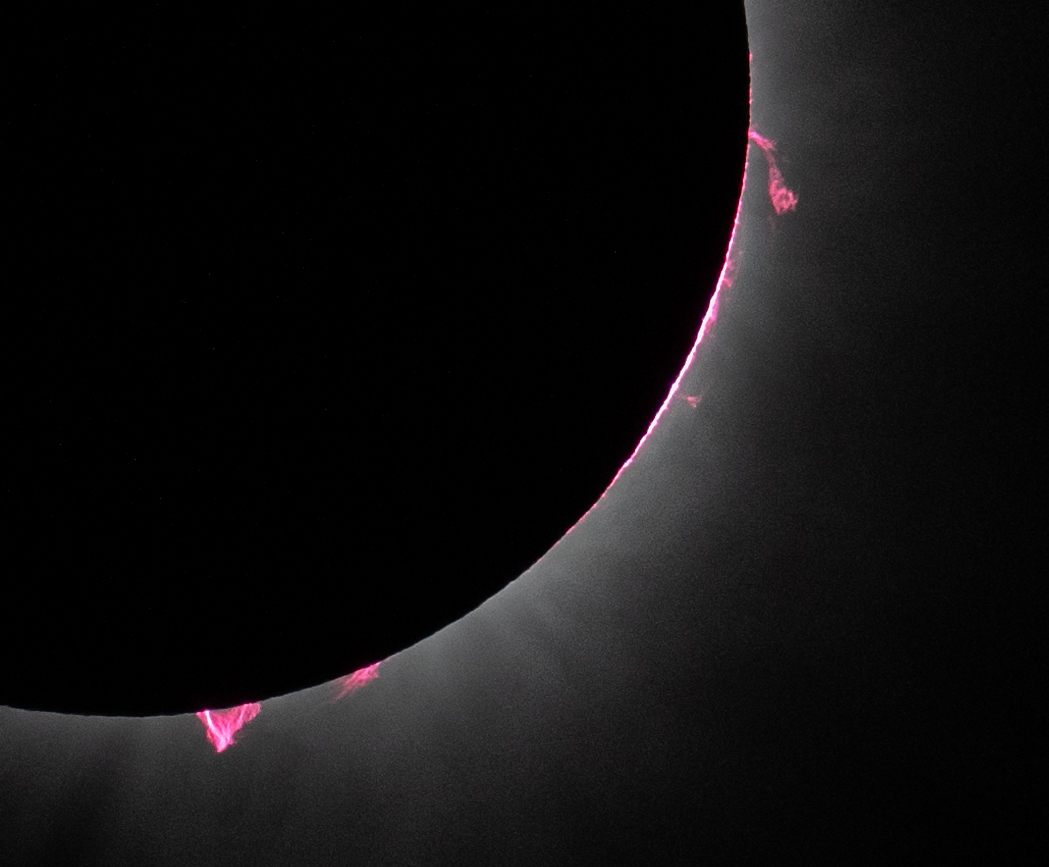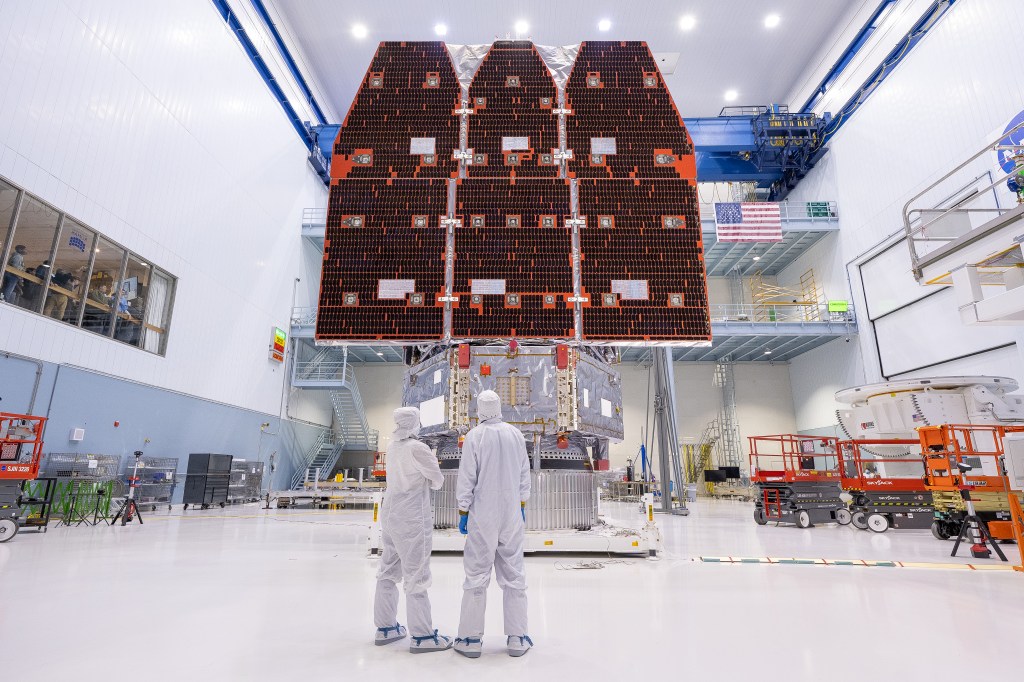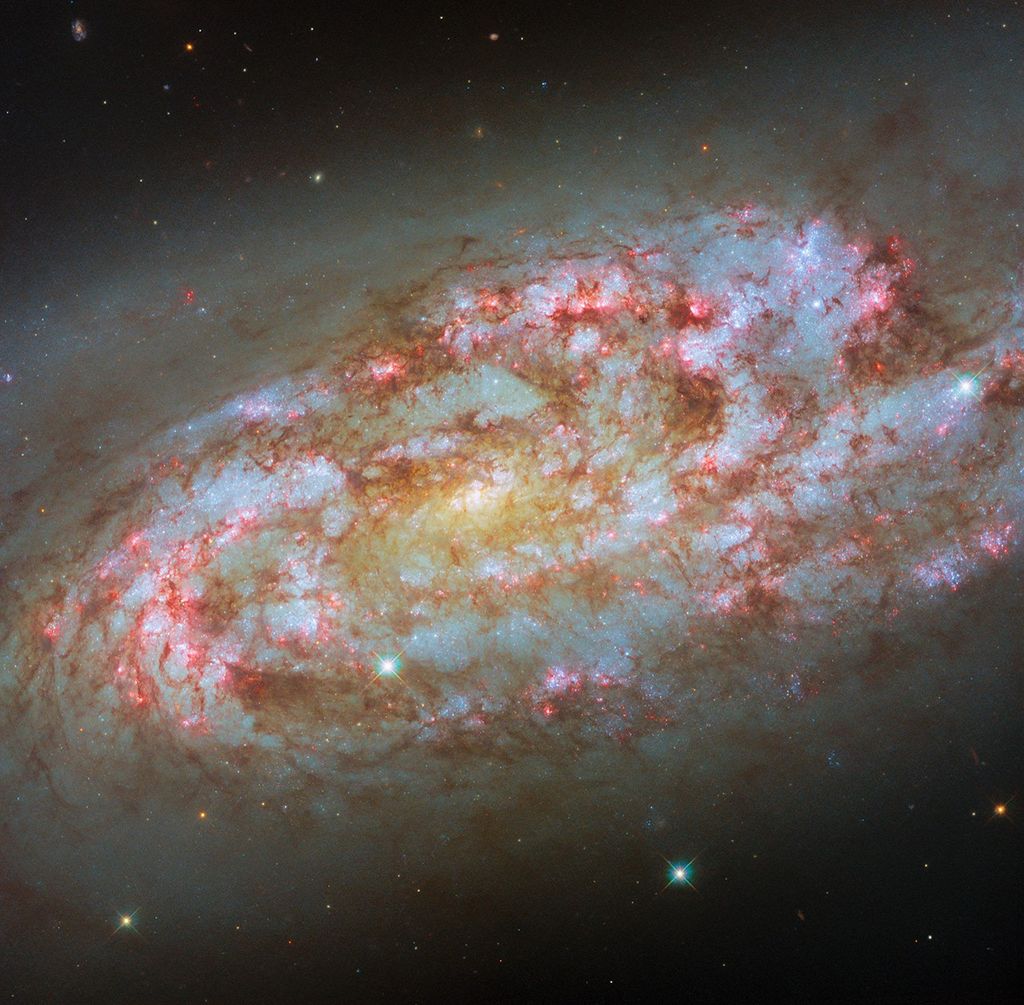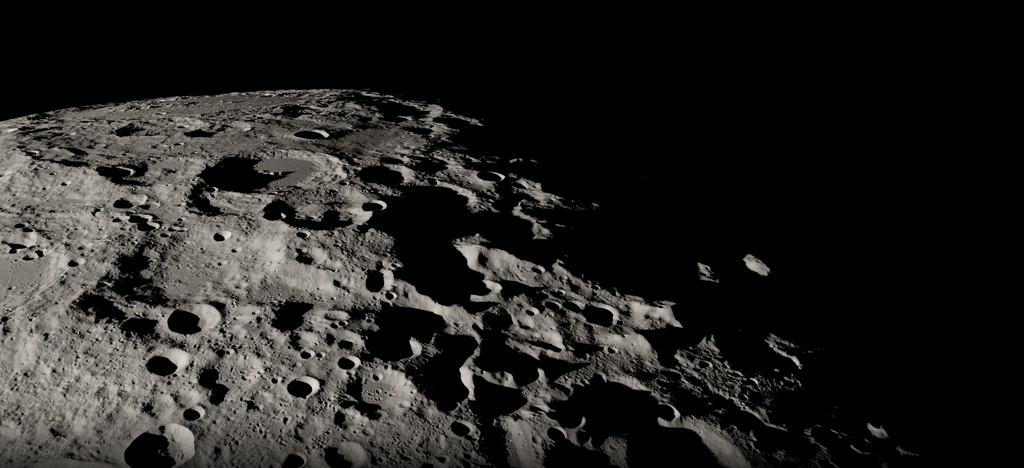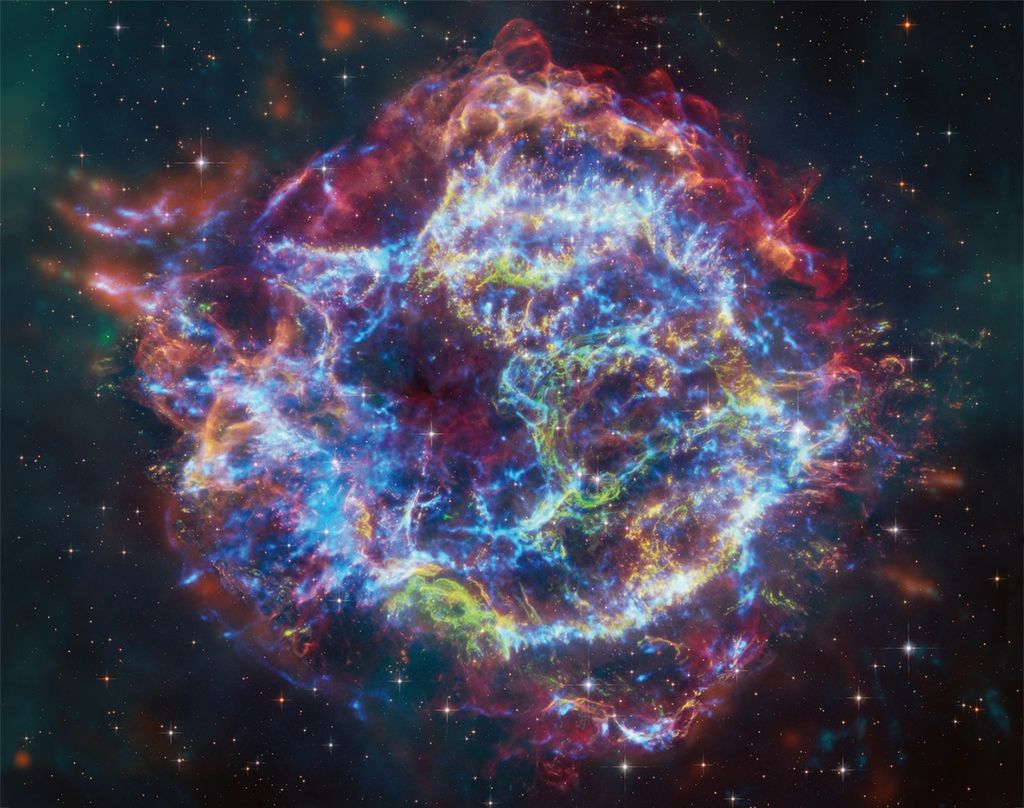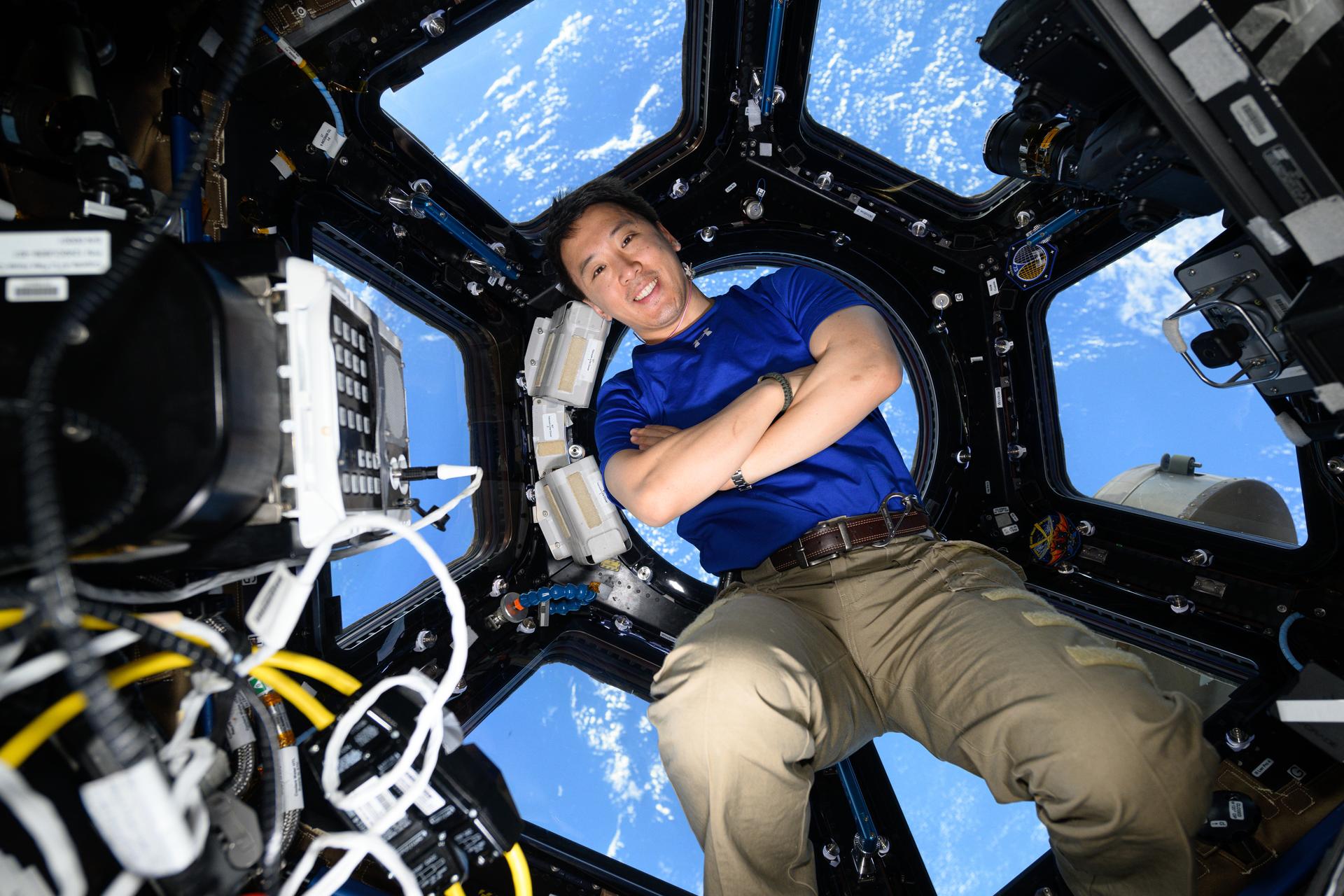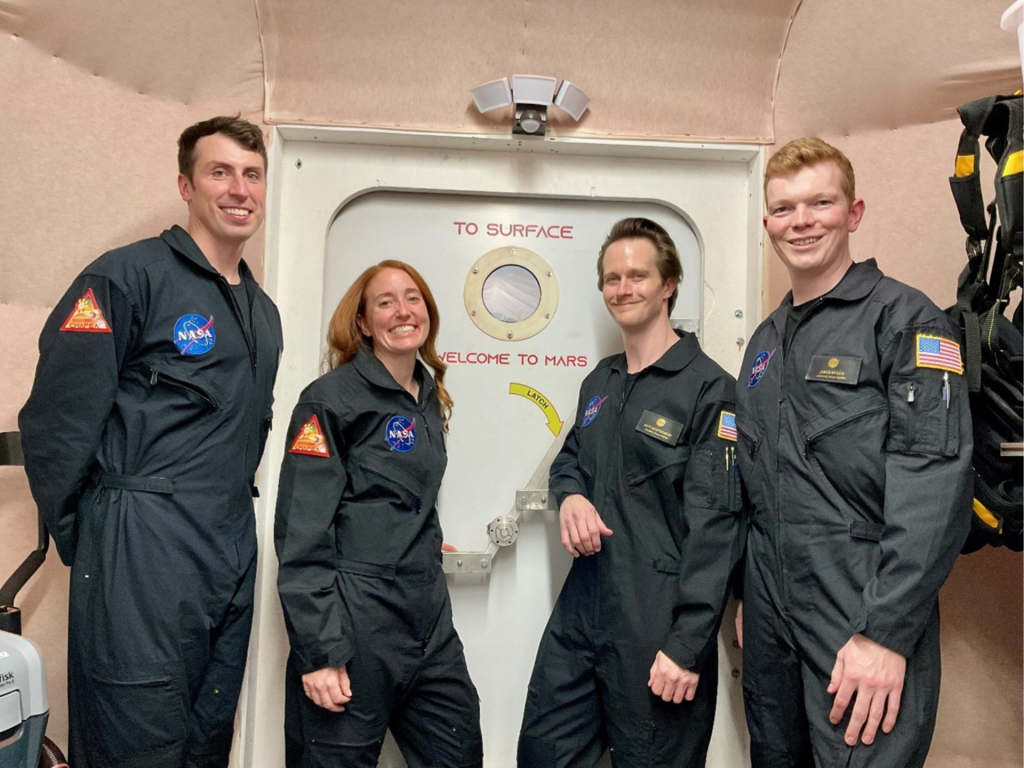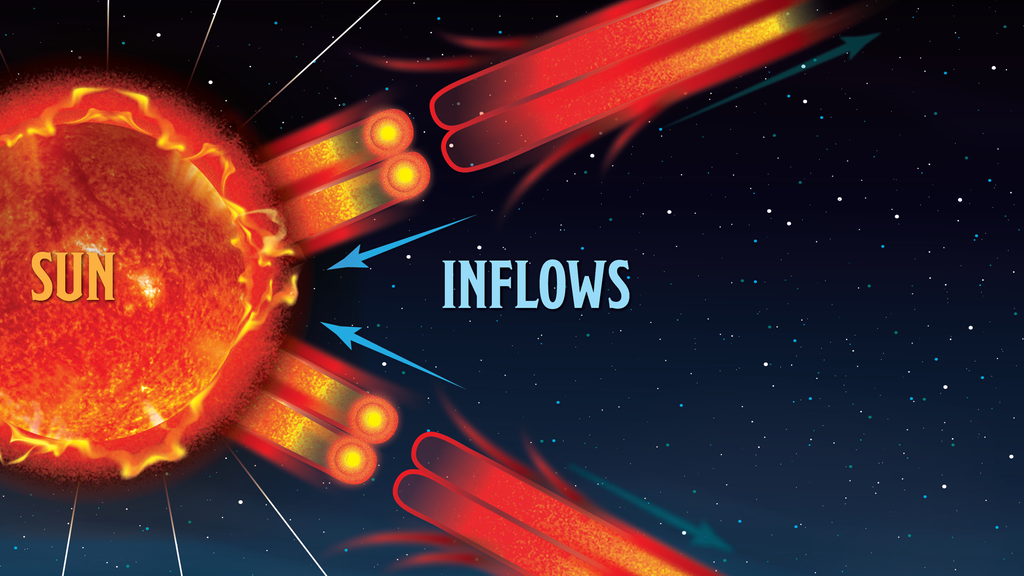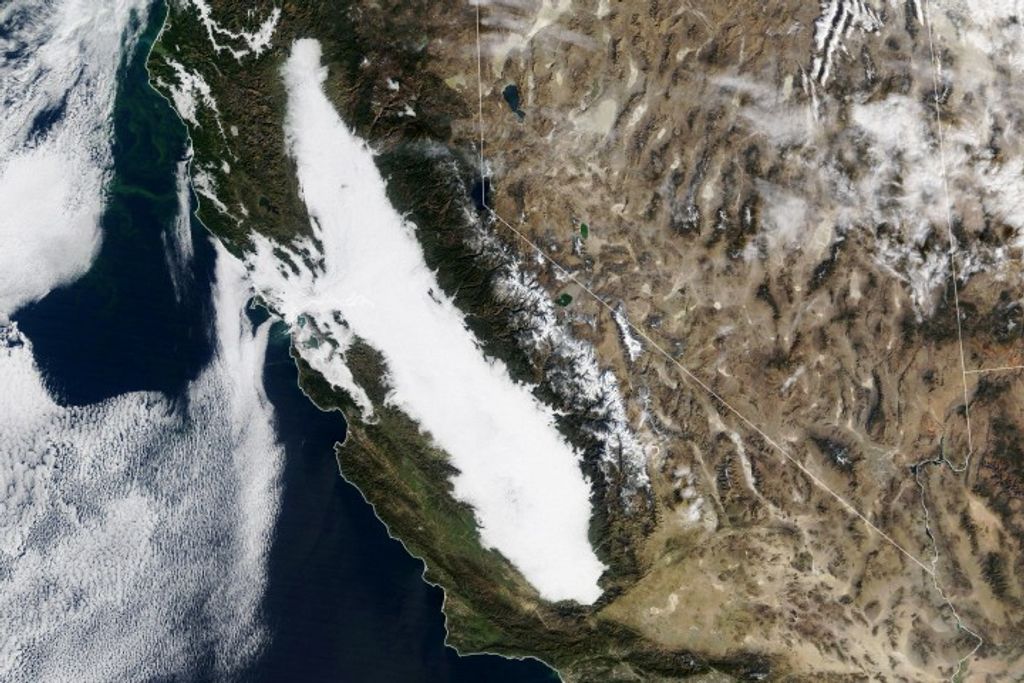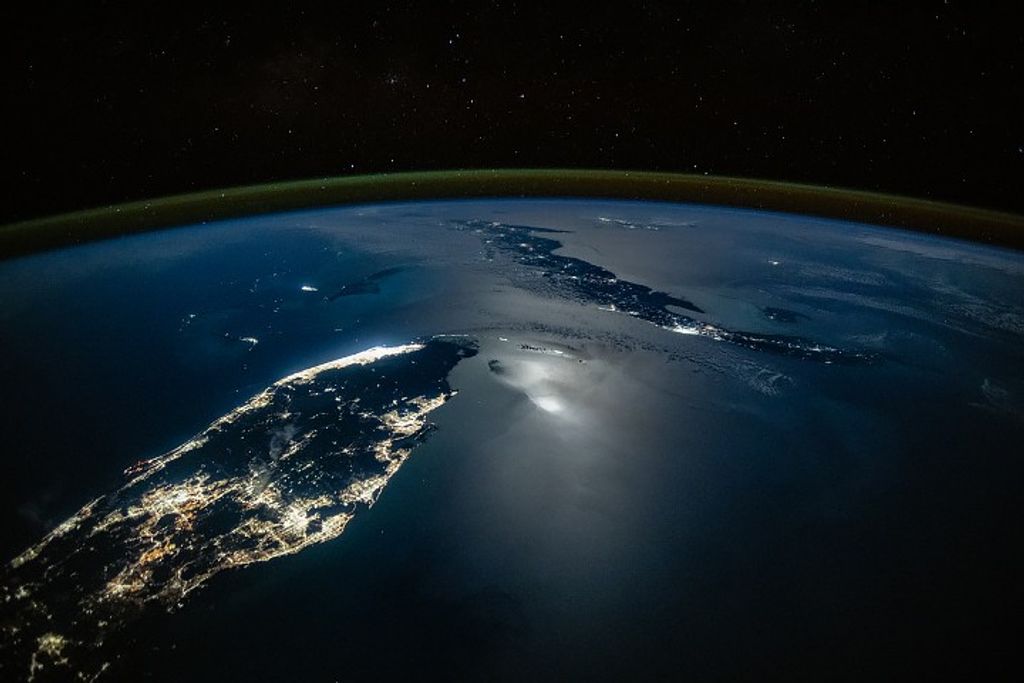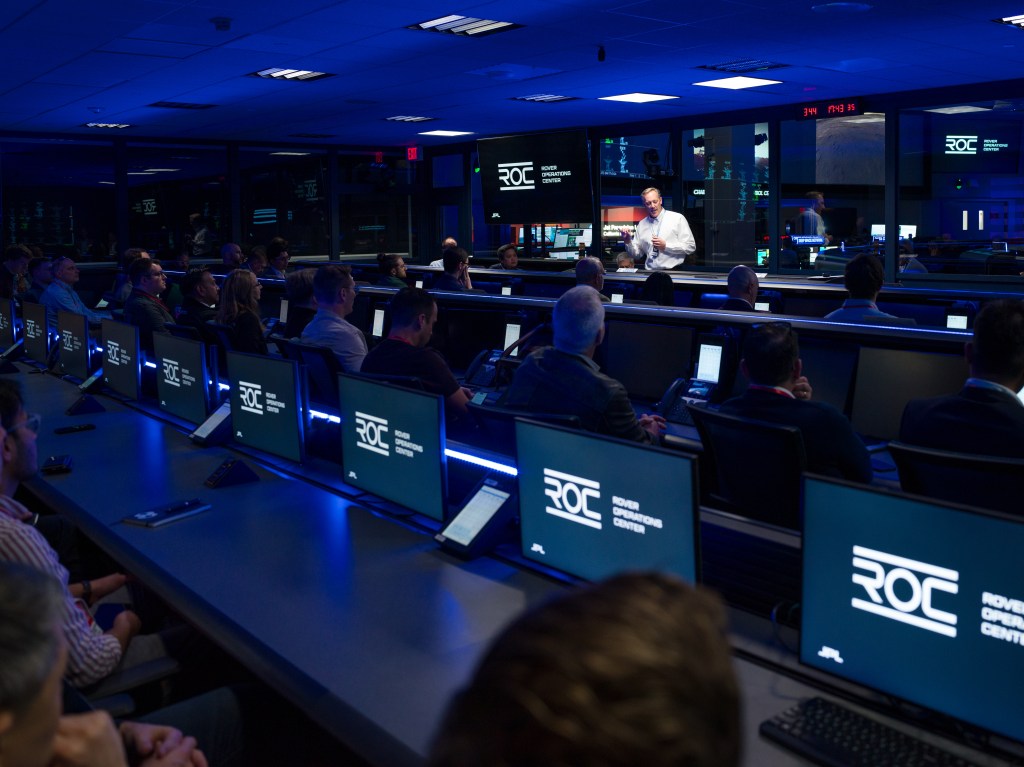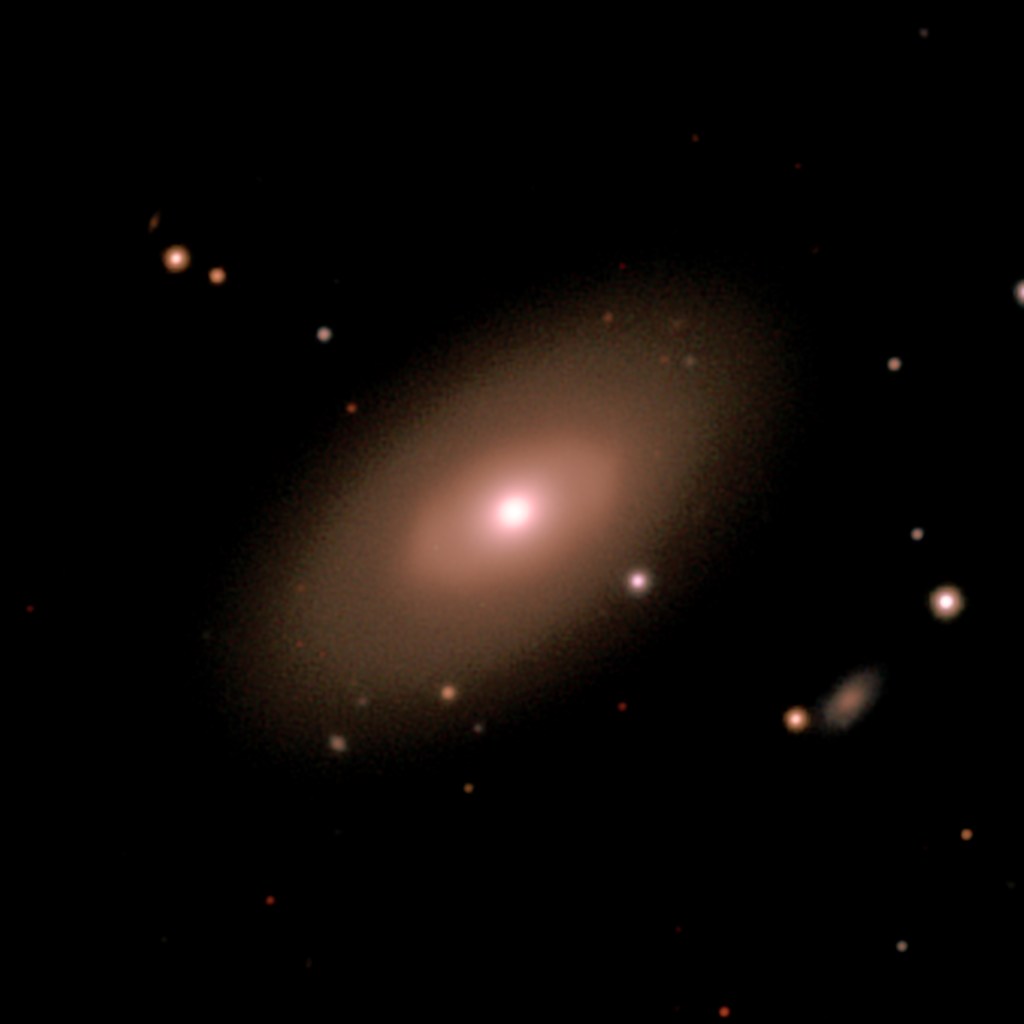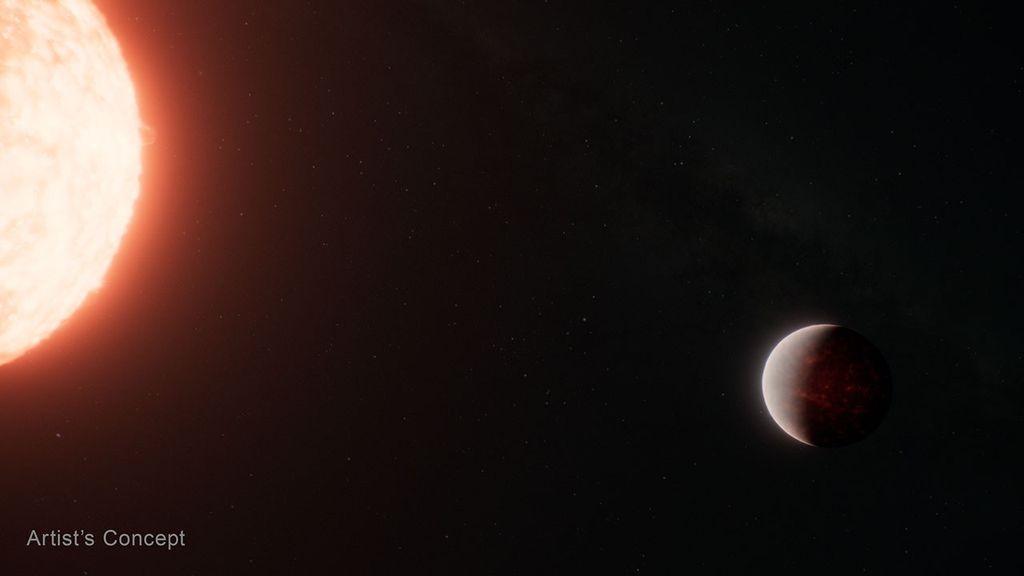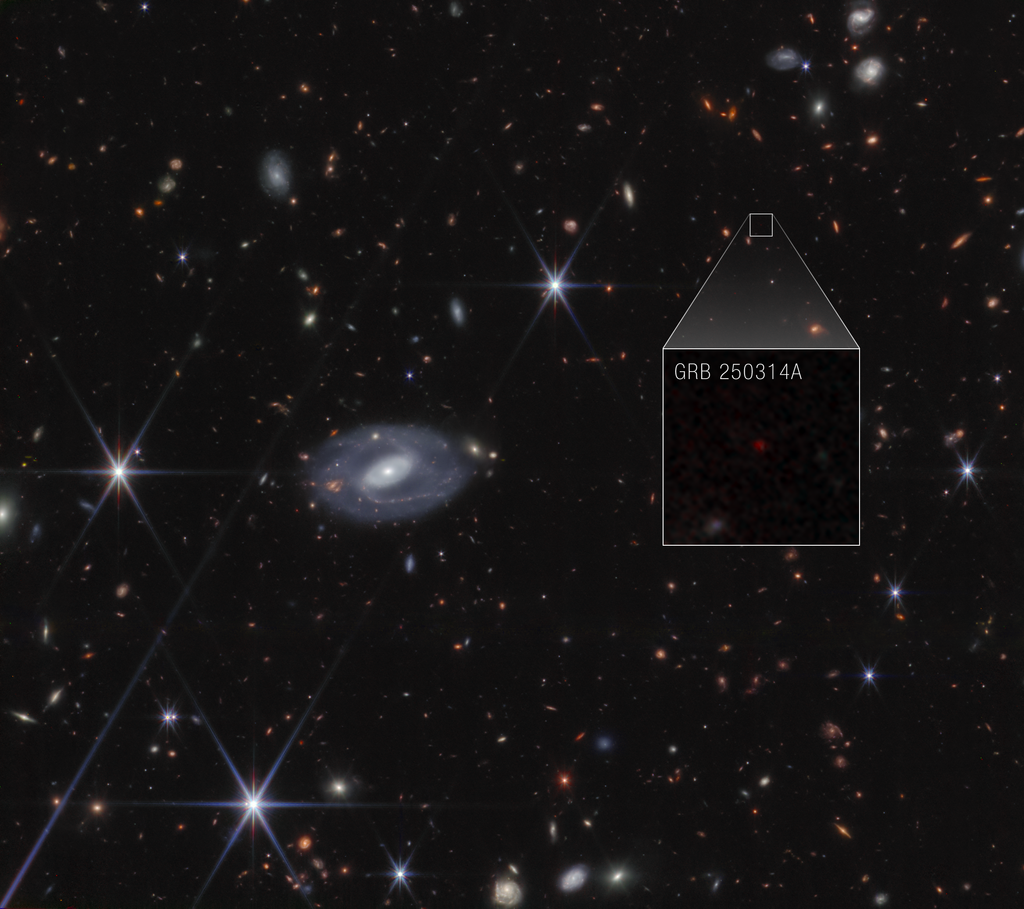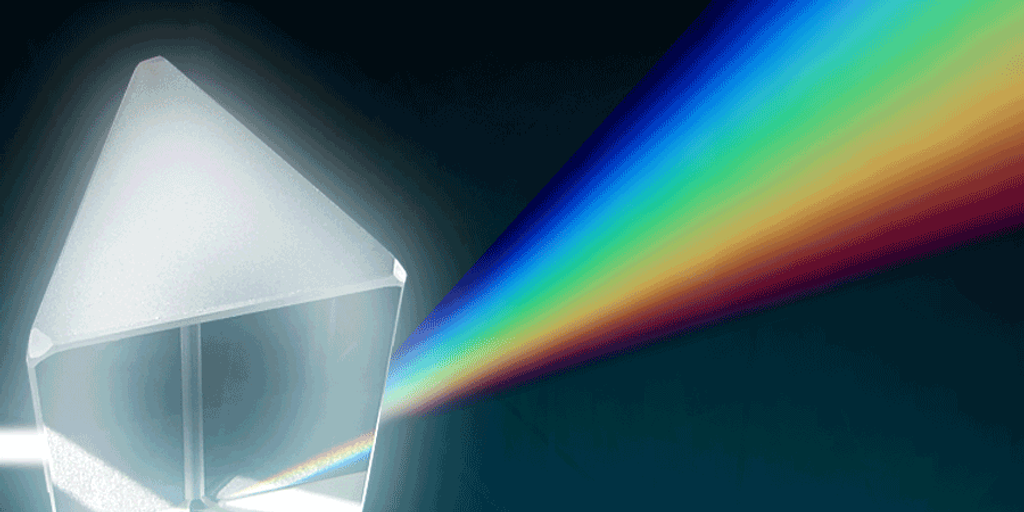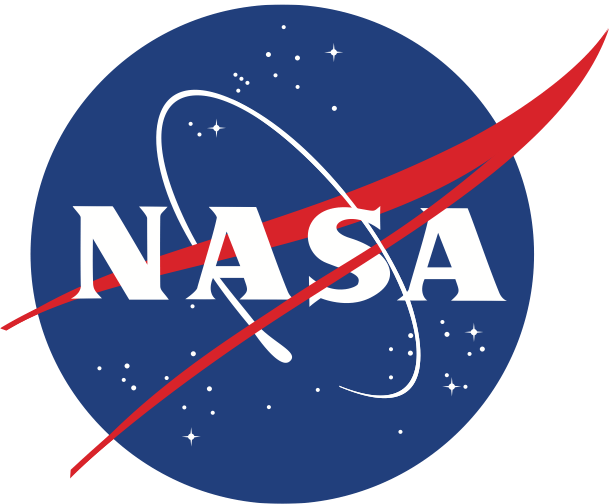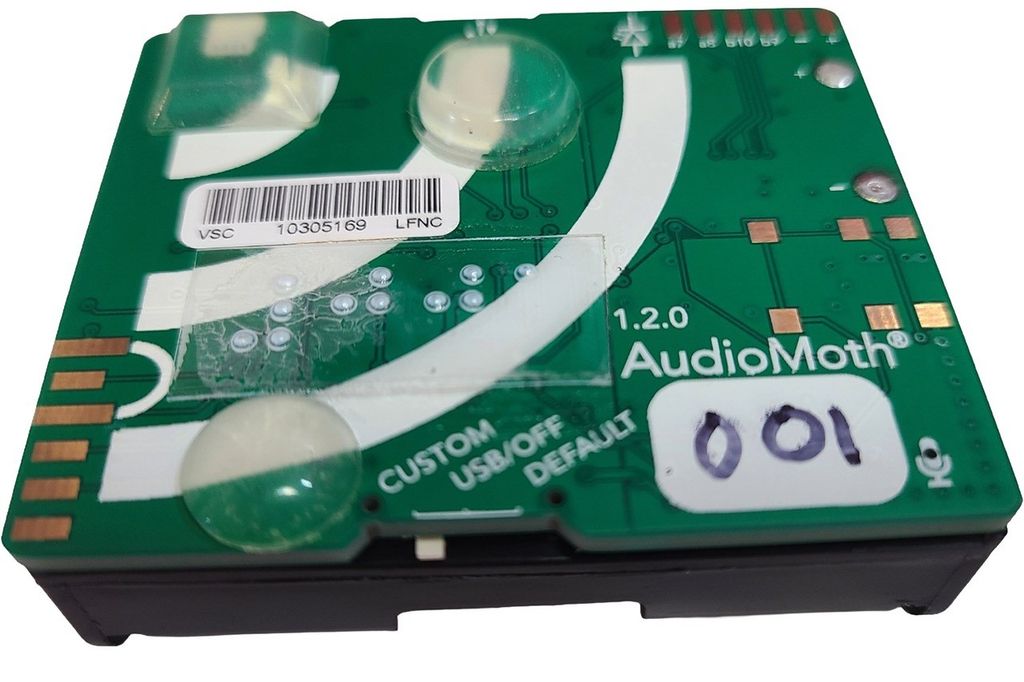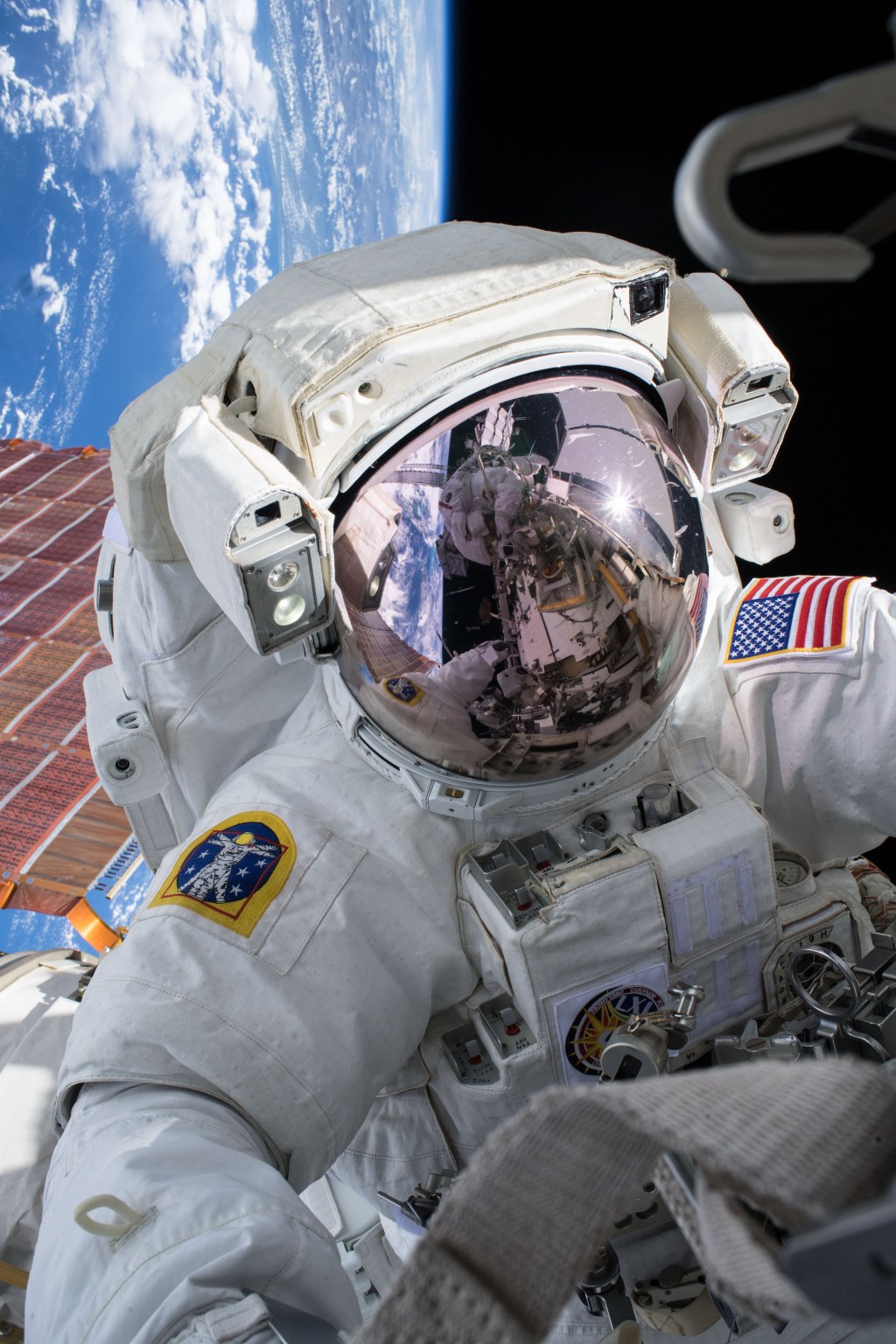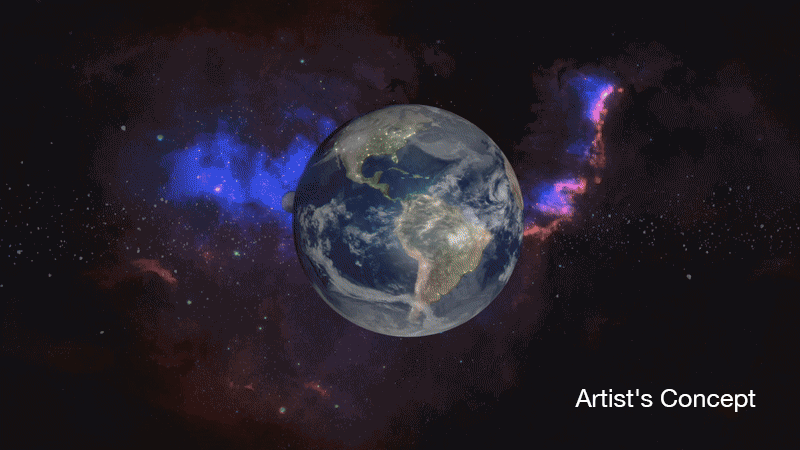NASA Publishes New Heliophysics DRIVE Science Center Webpages
NASA’s Diversify, Realize, Integrate, Venture, Educate (DRIVE) Science Centers are now available online. Information recently published on NASA’s science website includes each science center’s focus, associated partners, leveraged science missions, and where to learn more.
The DRIVE Science Centers are the first of their kind, created to study important science topics in heliophysics. Heliophysics is the science of our star and its profound influence on space, planets, and even the mysterious regions between stars. These pioneering science centers are composed of multidisciplinary teams that include modelers, theoreticians, computer scientists, and observers to unravel the Sun’s biggest mysteries.
The DRIVE Science Centers harness existing assets and roll them into new uses and investigations, create new simulation models, and work with early career scientists to support the next generation of heliophysicists. Each DRIVE Science Center looks to:
- Diversify how we use existing observation tools by creating new physics-based computational models that scientists can use to observe and predict space weather patterns,
- Realize the full potential of existing scientific assets,
- Integrate those current observing platforms into groundbreaking research,
- Venture into new technologies to tackle critical scientific challenges,
- Educate the future heliophysics workforce by mentoring early career scientists and students.
In 2022, three DRIVE Science Centers were chosen for NASA funding, each tackling “grand challenges” — ambitious goals that, when achieved, can help solve important science problems that have significant impact on a national or even global scale.
Center for Geospace Storms (CGS)
Imagine a million-mile-wide shield around Earth — that’s geospace. The CGS DRIVE Science Center focuses on a complex web of interactions between geospace and solar storms. To better understand geospace storms, the major disturbances to our magnetosphere caused by solar energy surges, CGS developed the cutting-edge MAGE (Multiscale Atmosphere-Geospace Environment) model, a supercomputing powerhouse that uses NASA mission data to reveal how different parts of geospace react to solar disturbances.
In May 2024, the MAGE model was used to simulate how several strong solar flares and coronal mass ejections (CMEs) slammed into Earth, creating a geospace storm reaching ratings of G5 — the highest level reached on the geomagnetic storm scale in two decades. When these intense solar storms hit Earth and interacted with the magnetosphere and upper atmosphere, brilliant auroras were seen around the globe and even in unexpected areas like the southern U.S.
The CGS DRIVE Science Center is a multi-institution, cross-generational collaboration led by the Johns Hopkins Applied Physics Laboratory in Laurel, Maryland. The center’s impacts on society include enhancing the nation’s readiness for space weather events, developing NASA’s workforce, and inspiring the public about the wonders of heliophysics.
Consequences of Fields and Flows in the Interior and Exterior of the Sun (COFFIES)
The COFFIES DRIVE Science Center has established a multi-institutional science community to crack the code of the Sun’s activity cycles and how the Sun’s magnetic fields interact with flows of hot, electrified gas called plasma. By meticulously measuring the Sun’s changing plasma flows, COFFIES is paving the way for improved space weather forecasting.
To answer questions on how the solar activity cycles work, COFFIES focuses on the mysterious tachocline layer, the journey of magnetic field lines to the solar surface, and the lesser-understood near-surface shear layer, a thin region just below the Sun’s surface. The tachocline, a thin layer some 124,000 miles below the solar surface, is where the Sun’s magnetic field is thought to be born. Studying the tachocline and the Sun’s magnetic field lines is crucial to understanding the cause of solar eruptions that can disrupt power grids and communications and expose astronauts to dangerous radiation levels.
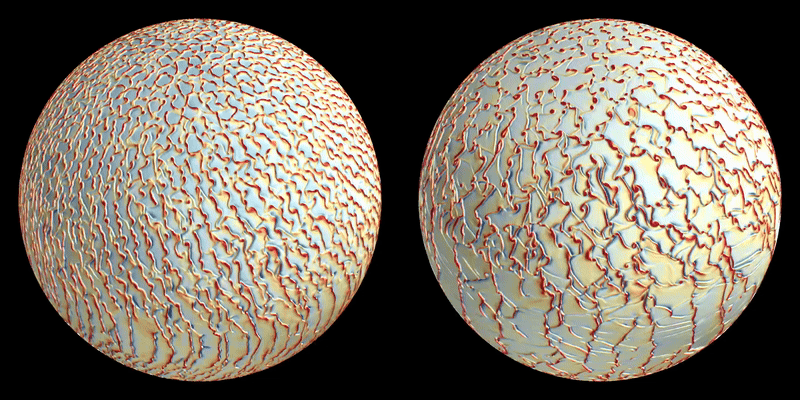
Led by Stanford University with a team of more than 14 partner institutions located across the United States, COFFIES is not just doing groundbreaking science, they’re also nurturing future talent through several broadening impacts and public outreach initiatives, including a team dedicated to a Research Experiences for Undergraduates (REU) summer program, a Public Outreach and Informal Science Education program, and an early career workforce development initiative called COFFIES Beans.
Solar Wind with Hydrogen Ion charge Exchange and Large-Scale Dynamics (SHIELD)
The SHIELD DRIVE Science Center is dedicated to understanding the nature and shape of the heliosphere — a protective bubble shielding our solar system from harsh galactic radiation. By building a collaboration of researchers with differing opinions, expertise, and approaches, SHIELD aims to create a comprehensive, global “digital twin” of the heliosphere.
This digital twin will support future NASA missions to the Moon and Mars, providing crucial insights into radiation levels and the conditions missions might encounter beyond our solar system in interstellar space. Understanding our unique, habitable solar system will help unravel the mysteries of life’s evolution on Earth.
Led by Boston University, SHIELD’s researchers include scientists from across the career spectrum, fostering the next generations of space explorers through their own research programs.
By Desiree Apodaca
NASA’s Goddard Space Flight Center, Greenbelt, Md.


